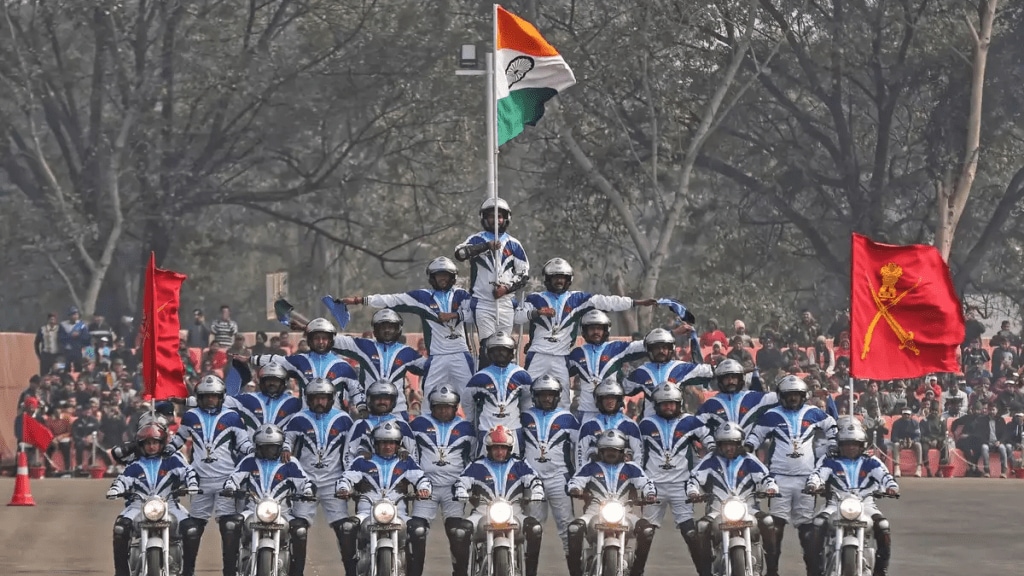The transparency of the Indian defence budget has been a subject of significant scrutiny and debate. Given the nation’s strategic importance and the substantial allocation of funds to defence, the public’s perception of how these funds are managed is critical.
Current State of Transparency
The Indian defence budget, like those of many countries, has historically been shrouded in a degree of secrecy. This is primarily due to national security concerns that necessitate keeping certain aspects of defence spending confidential. However, this lack of transparency has often led to public criticism and calls for greater openness.
Budget Allocation and Spending:
The Indian government allocates a significant portion of its annual budget to defence. In the fiscal year 2023-24, the defence budget was approximately Rs 5.94 lakh crore, marking a substantial increase from previous years. However, the breakdown of these allocations is often not detailed enough for public scrutiny. Major heads like capital outlay, pensions, and salaries are provided, but specifics about procurement, research and development, and operational costs are less transparent.
Public Perception
The public perception of the defence budget process in India is mixed. On one hand, there is a general understanding of the need for secrecy in certain areas. On the other hand, there is a growing demand for transparency to ensure that funds are being utilized effectively and not lost to inefficiency or corruption.
Trust in Government:
Public trust in government handling of the defence budget has been bolstered by India’s consistent efforts to modernize its military.
Demand for Accountability:
Citizens and watchdog organizations have increasingly called for greater accountability. They argue that while operational details can remain classified, the financial management and decision-making processes should be more transparent.
Initiatives to Improve Transparency
In recent years, the Indian government has taken several steps to address these concerns and improve transparency and accountability in defence spending.
Parliamentary Oversight:
One of the key measures is the strengthening of parliamentary oversight. The Standing Committee on Defence plays a crucial role in reviewing the budget and expenditure. While its recommendations are not binding, they often prompt the government to clarify and justify its spending decisions.
Defence Procurement Procedure (DPP):
The Defence Procurement Procedure (DPP) has been regularly updated to incorporate more transparent practices. The DPP 2020, for instance, introduced measures to streamline procurement processes and increase indigenous production, thereby reducing dependence on foreign suppliers and potential areas of corruption.
CAG Audits:
The Comptroller and Auditor General (CAG) of India conducts audits of defence expenditures. These audits are crucial for ensuring that funds are used appropriately and highlight discrepancies and inefficiencies. The CAG’s reports are made public, providing a layer of transparency and accountability.
E-Procurement:
The introduction of e-procurement platforms has also been a significant step towards transparency. By moving procurement processes online, the government aims to reduce the scope for corruption and increase efficiency. These platforms allow for greater scrutiny and provide real-time updates on procurement activities.


